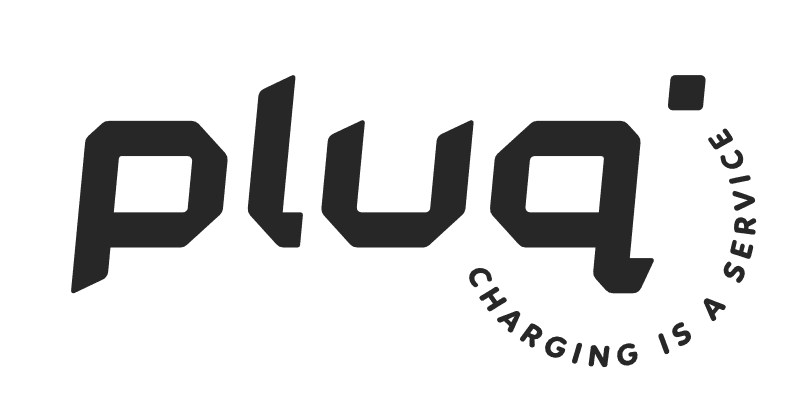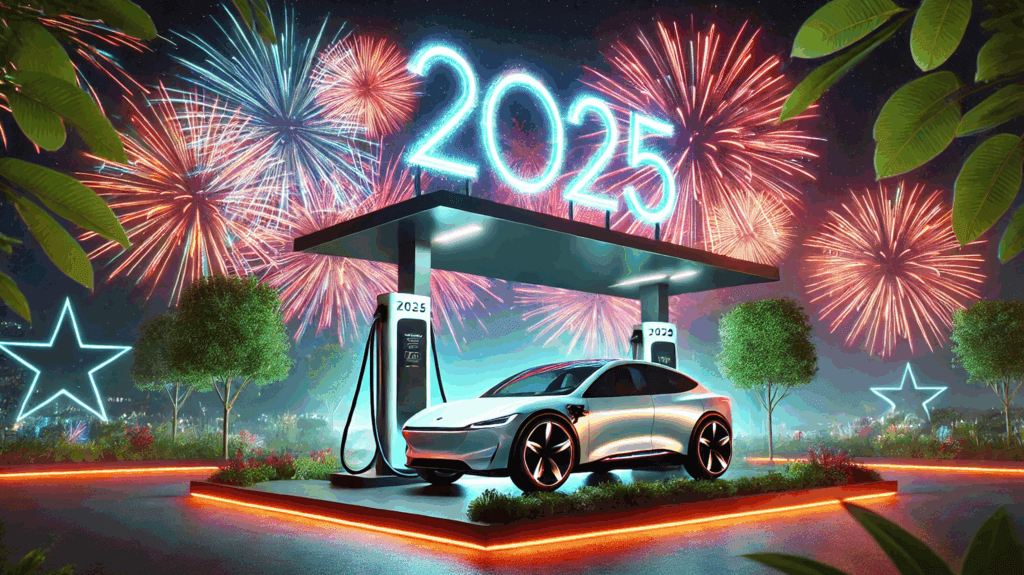EV charging is at a major turning point. New regulations will soon require companies and organizations with private parking lots to install at least one EV charger. At the same time, charging is shifting from a basic utility to a valued service. More than enough reason to explore the top three EV charging trends for 2025.
Trend 1: From standalone chargers to full-service solutions
In the past, an EV charger was often seen as a stand-alone object—install it in the parking lot and you’re done. That’s changing fast. In 2025, companies are moving toward integrated charging solutions, where EV infrastructure becomes part of a broader ecosystem including smart energy management, maintenance services, and integration with solar panels or battery storage.
Why this trend matters:
- Integrated systems offer better scalability and long-term value.
- Employees and customers expect charging to be simple, reliable, and always available.
- Integration with energy systems helps optimize usage and reduce energy costs.
What this looks like in practice:
A company with over 20 parking spots exceeds the legal minimum and installs a system combining multiple charge points, battery storage, and energy management. The result? An automated, efficient setup that balances energy across the site without affecting day-to-day operations.
At Pluq, we call this The Parking Lot of the Future. (Click to download the brochure.)
Trend 2: From manual management to smart, dynamic charging
In the early days, EV chargers were directly connected to the grid, allowing drivers to charge their vehicles with minimal restrictions. At fast-charging stations, long queues were common, but workplace chargers were typically available without issue.
By 2025, that old model will be outdated.
Today, businesses are transitioning toward dynamic charging systems that manage energy in real-time, balancing grid capacity, energy prices, and parking availability to optimize both charging and costs.
Why this trend matters:
- Grid congestion is rising. Smart charging helps avoid overloads and cuts energy costs.
- With fluctuating prices, dynamic charging lets you charge when power is cheapest.
- Intelligent systems enhance the user experience and minimize the need for manual intervention.
What this looks like in practice:
A large office with 50 charging stations utilizes software to prioritize vehicles based on their battery levels and the grid load. When a car is complete, the driver gets a notification to move it, freeing up space. Off-peak charging is also incentivized with lower rates, especially at external locations powered by the same provider. That means fully charged vehicles every morning, at minimal cost.
Trend 3: From expensive fast-charging to smart destination charging
Fast-charging is getting more expensive. One company negotiated 35 cents per kWh; once the contract expired, the price jumped to 85 cents, and Finance raised the alarm. To control costs, companies are now embracing destination charging for employees. EV chargers are installed at work and employees’ homes, with power use tracked and reimbursed via automated systems.
Why this trend matters:
- Fast-charging is costly and time-consuming. Destination charging is efficient and convenient.
- It saves employees time and reduces operational costs for businesses.
- With Charging as a Service (CaaS), companies avoid upfront investment—they pay a flat rate per kWh.
What this looks like in practice:
An employer installs a smart EV charger at the employee’s home. The system tracks energy used for charging, and the employer pays directly via the utility provider. There is no setup hassle or maintenance worry—the charging provider handles everything.
EV charging becomes a must-have service
By 2025, EV charging will no longer be optional but essential. Regulations, rising expectations, and advancing technology necessitate strategic EV planning.
Companies that treat charging as a service will reduce costs, meet sustainability goals, and provide a better experience for both employees and customers. Whether it’s home charging, dynamic load management, or full-service infrastructure, businesses that follow these trends stay ahead in a market where electric driving is fast becoming the new normal.

